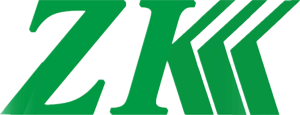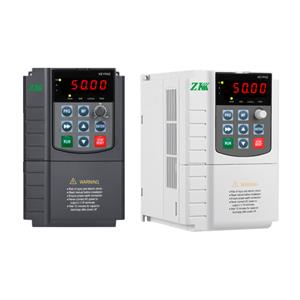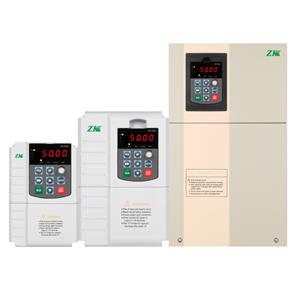Working principle of soft start
Soft starter is a new type of motor control device that integrates soft start, soft stop, light load energy-saving, and multiple protection functions. It is called a soft starter abroad. The soft starter uses three reverse parallel thyristors as voltage regulators, connected between the power supply and the motor stator. This circuit is like a three-phase fully controlled bridge rectifier circuit. When starting the motor with a soft starter, the output voltage of the thyristor gradually increases, and the motor gradually accelerates until the thyristor is fully conductive. The motor operates on the mechanical characteristics of the rated voltage to achieve smooth starting, reduce starting current, and avoid overcurrent tripping during starting. When the motor reaches the rated speed and the starting process ends, the soft starter will automatically use a bypass contactor to replace the completed thyristor, providing a certain voltage for the normal operation of the motor, thereby reducing the thermal loss of the thyristor, extending the service life of the soft starter, improving its work efficiency, and avoiding harmonic pollution in the power grid. At the same time, the soft starter also provides a soft stop function. The process of soft stop is opposite to that of soft start, where the voltage gradually decreases and the number of revolutions gradually decreases to zero, avoiding torque impact caused by free stop.




